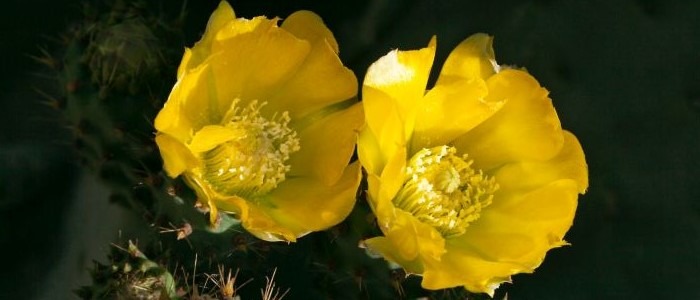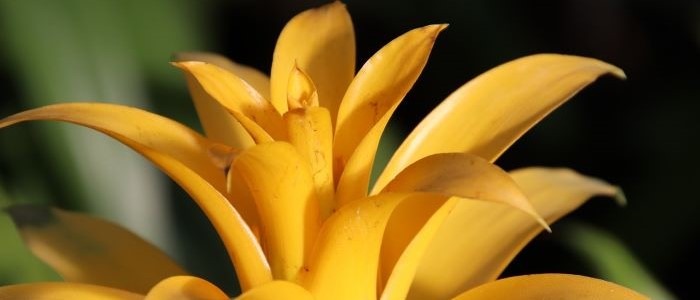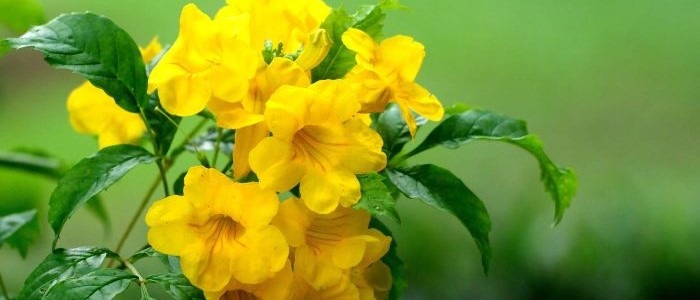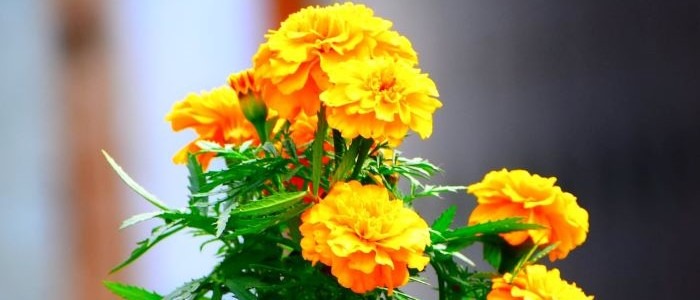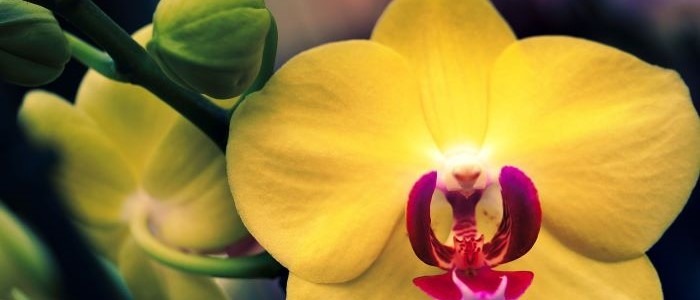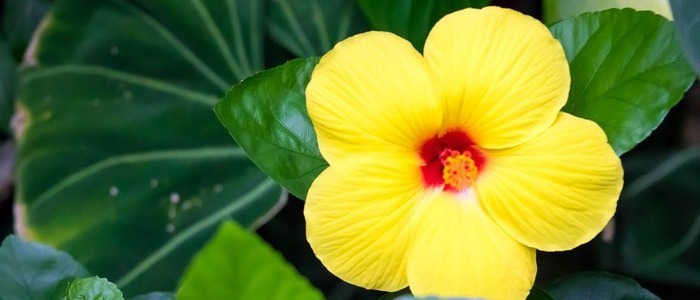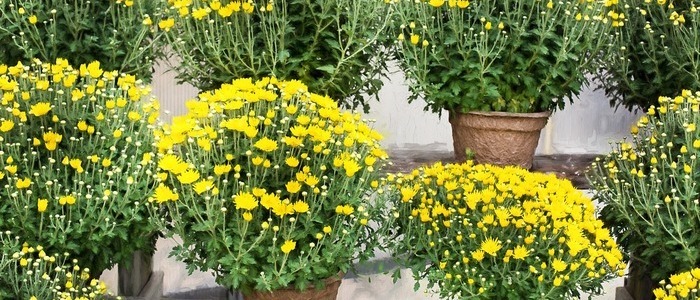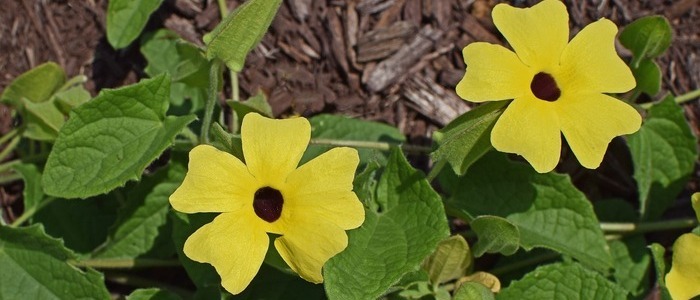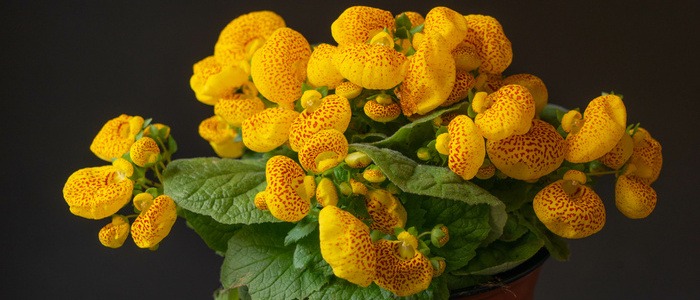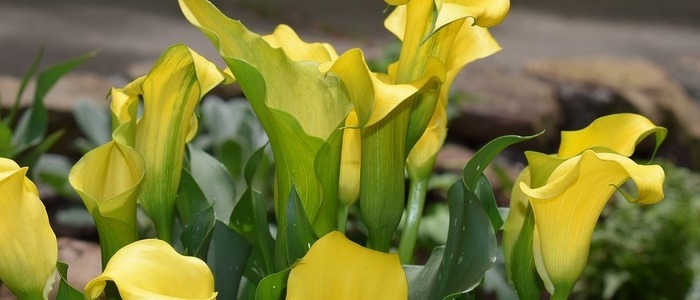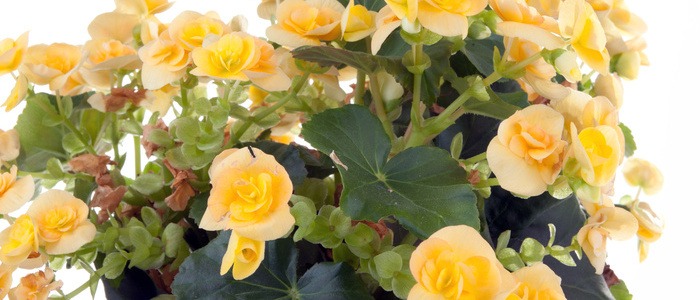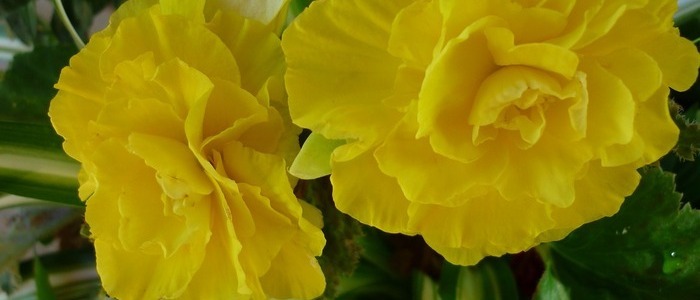So, you have redecorated your home now you are thinking of getting a yellow Kalanchoe to add a splash of color. Well, with its petite, yellow blooms accompanied by glossy, erect leaves this plant would be a wonderful addition to that window sill or hanging basket. And that’s not all these plants are incredibly easy to grow and can even flower twice a year!
The yellow Kalanchoe is photoperiodic, which means they respond to equal periods of darkness and light. This means that the yellow Kalanchoe grows well indoors or outdoors. The flowers bloom during the long winter darkness. It can bloom all year, but if you have a long enough dark period, the blooms will last for weeks.
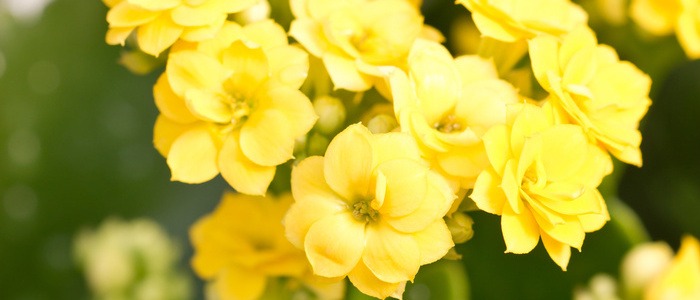
How to Take Care of The Yellow Kalanchoes Plant
Here you’ll find the basic guidelines for how to take care of yellow Kalanchoe plants. Kalanchoes grow best in a sunny area with light soil. If you have heavy soil, you can amend it with a cactus mix or a sand-based mixture. Plant it in a hole large enough for the roots. It may also be planted outdoors in a planter or container.
You can deadhead flowers to encourage continual flowering. If you have a large number of flowers, you can encourage continual blooming by removing the spent blooms. Kalanchoes need little water during this time. However, they can be damaged by extreme temperatures. Keep them in a place where the temperature is 50 degrees Fahrenheit or below 80 degrees. During the winter months, you can also place the plant in a dark cabinet.
The Kalanchoe’s leaves are naturally brown. However, overwatering, improper fertilization and sunburn can cause brown edges. When these spots appear, the plant should be tended to immediately and thoroughly.
You should also re-pot the Kalanchoe plant regularly. kalanchoe needs repotting every few years, and it is best to do it when its roots begin to peek out of the drainage holes. Repotting ensures the plant is fully rooted and full and requires a larger pot.
Tips For Propagating the Yellow Kalanchoes
One of the most common questions we are asked is: How to propagate the yellow Kalanchoe? Here we will address this question and answer any other questions you might have about this beautiful plant. Kalanchoes grow best in indirect light and are hardy in USDA zones nine to 11. They can take up to eight weeks to bloom and will rebound in spring. You should deadhead the plant to encourage more blooms.
One of the easiest methods of propagation is through stem cuttings. You can cut stems at least 4 inches long and place them in soil or water. When inserting root cuttings, make sure the cuttings have two or three nodes. Rooting hormones can help speed up the process. Stem cuttings do not need fertilization until they develop leaves. Most varieties take about six weeks to develop leaves.
Water kalanchoes sparingly, but be sure to keep the top of the soil moist. During the growing season, they thrive with minimal watering. They should not be over-watered and should be watered only when the top few centimetres of compost are dry. You can fertilize kalanchoes once or twice a month, and then you can move them outdoors during the summer months.
During the growing season, you should add extra fertilizer every couple of weeks to keep the plant healthy. A 20-8-20 fertilizer is best for kalanchoes, as it contains potassium and nitrogen. Fertilize kalanchoes once they start to sprout buds. You can also use a 0-10-10 fertilizer in late winter when the first buds are formed.
How to Prune The Yellow Kalanchoe Plant
There are many reasons why you may need to learn how to prune the yellow kalanchoes, but perhaps none is as important as the bloom of these succulents. While the yellow leaves are a natural part of ageing, you can take steps to prevent your plants from going yellow. One of the reasons for yellow leaves is poor light or nutrients. If you notice that your kalanchoes have no blooms at all, you may need to move them to a brighter area where there is adequate light.
To keep your kalanchoes looking fresh, you should prune them often. First, remove any dead branches and dried flowers. Second, prune if the plant becomes leggy. Thirdly, cut off damaged or dead stems to promote healthy growth. Then monitor the overall shape of your kalanchoe to determine when it is time to prune. After pruning, you may need to re-pot your kalanchoes.
Cutting the stems of kalanchoes is not a difficult process. Just remember to make a clean, sharp cut. Ragged cuts invite disease and pests. Let the stem dry for a few days before planting it. After the stem has completely dried, you can remove it from its pot and place it in another one. Once the callous has formed, you can plant the cuttings.
When pruning the yellow kalanchoes, it is important to avoid cutting through any yellowed tissue, as this can lead to further damage. Clean your tools thoroughly before pruning, and make sure to carefully cut through the stems to avoid damage. After that, cut the stems at the base, and repeat until new foliage has formed. Once this is done, you’ll have an attractive plant that will bloom.
Common Problems When Growing Yellow Kalanchoes
Among the common problem when growing Yellow Kalanchoe is root rot. This can occur when the plant sits in moist conditions, resulting in a yellowish color on the leaves. Root rot can be prevented by avoiding overwatering, planting in well-drained soil, and removing damaged leaves. Overwatering can also result in stem rot.
The best spot for your kalanchoe plant is a bright window with indirect sunlight. Plants thrive in the south or east-facing windows in the summer. Apply fertilizer monthly or as recommended by the plant’s instructions. When you have followed these tips, your kalanchoes will be happy and healthy.
Once the kalanchoe plant starts showing signs of rot, it is best to move it to a larger container and replant it. You can also remove the affected roots and transplant the plant to a new pot. If you’re having trouble growing Yellow Kalanchoes, you can use a peat-free house plant or cactus compost. The pot must have drainage holes.
Yellow Houseplants Other Than Kalanchoe
